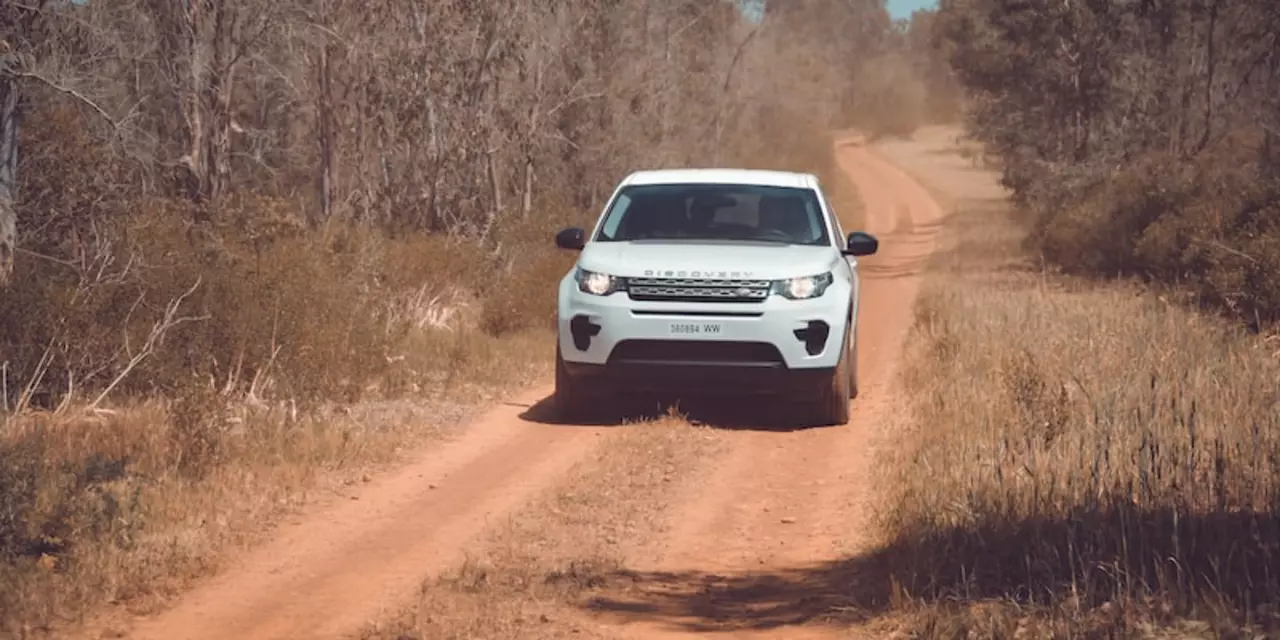Car Inspection Guide: Essential Tips Before You Drive or Buy
Thinking about buying a new ride or just want to make sure your current car is in good shape? A solid inspection can save you money, avoid surprises, and keep you safe on the road. Below you’ll find the must‑know steps for a quick but thorough check, whether you’re at a dealership, a private seller, or under your own garage.
Pre‑Purchase Inspection Checklist
First off, never skip a test drive. Dealerships and private sellers often run a credit check before letting you out, but that’s only to gauge seriousness – it doesn’t replace a hands‑on look at the car. During the drive, aim for at least 10‑15 miles. That’s enough time to feel the steering, listen for odd noises, and test acceleration and brakes.
While you’re out, check the following:
- Exterior: Look for dents, rust, or mismatched paint. These can hint at past accidents.
- Tires: All four should have similar tread depth. Uneven wear often means alignment issues.
- Lights: Turn on headlights, turn signals, and brake lights. Anything dim or out of sync needs fixing.
Back at the car, open the hood. A clean engine bay is a good sign; dirty or greasy areas could hide leaks. Pay special attention to the radiator – if you see oil floating on the coolant, that points to a head‑gasket problem. It’s a cheap fix to spot early, but can become expensive fast.
Don’t forget the paperwork. Ask for service records, any recent repairs, and a vehicle history report. A well‑documented car usually means the owner cared about maintenance.
Everyday Inspection Tips
Even after you buy, regular checks keep the car running smooth. Here’s a quick routine you can do every few weeks:
- Fluids: Check oil, coolant, brake fluid, and windshield washer fluid. Low levels or dirty fluid signal bigger issues.
- Brakes: Listen for squeaking or grinding. If the pedal feels spongy, it’s time for a professional look.
- Battery: Corrosion on terminals can cause starting problems. Clean with a wire brush and tighten connections.
If a storm rolls in, many dealerships will pause test drives for safety. That’s a good cue for you to postpone any planned checks if the weather is bad. Driving on wet roads requires extra caution, especially if you suspect brake or tire wear.
Finally, keep a simple log of mileage, any weird sounds, and when you did routine maintenance. It’s a habit that helps you spot patterns before they turn into costly repairs.
With these inspection basics, you’ll feel confident whether you’re buying a new sportscar, a family sedan, or just keeping your daily driver happy. A few minutes of attention now can save hours of hassle later.
How do I take a proper car test drive?
A car test drive is an important part of the car-buying process as it allows you to get a feel for the car and make sure it is the right one for you. Taking a proper car test drive involves preparing in advance, asking the right questions, taking your time to get a feel for the car, and making sure the car has all the features you need. It is important to pay attention to the car's performance, comfort, and safety during the test drive. Lastly, it is a good idea to bring a friend or family member with you to give their opinion.
